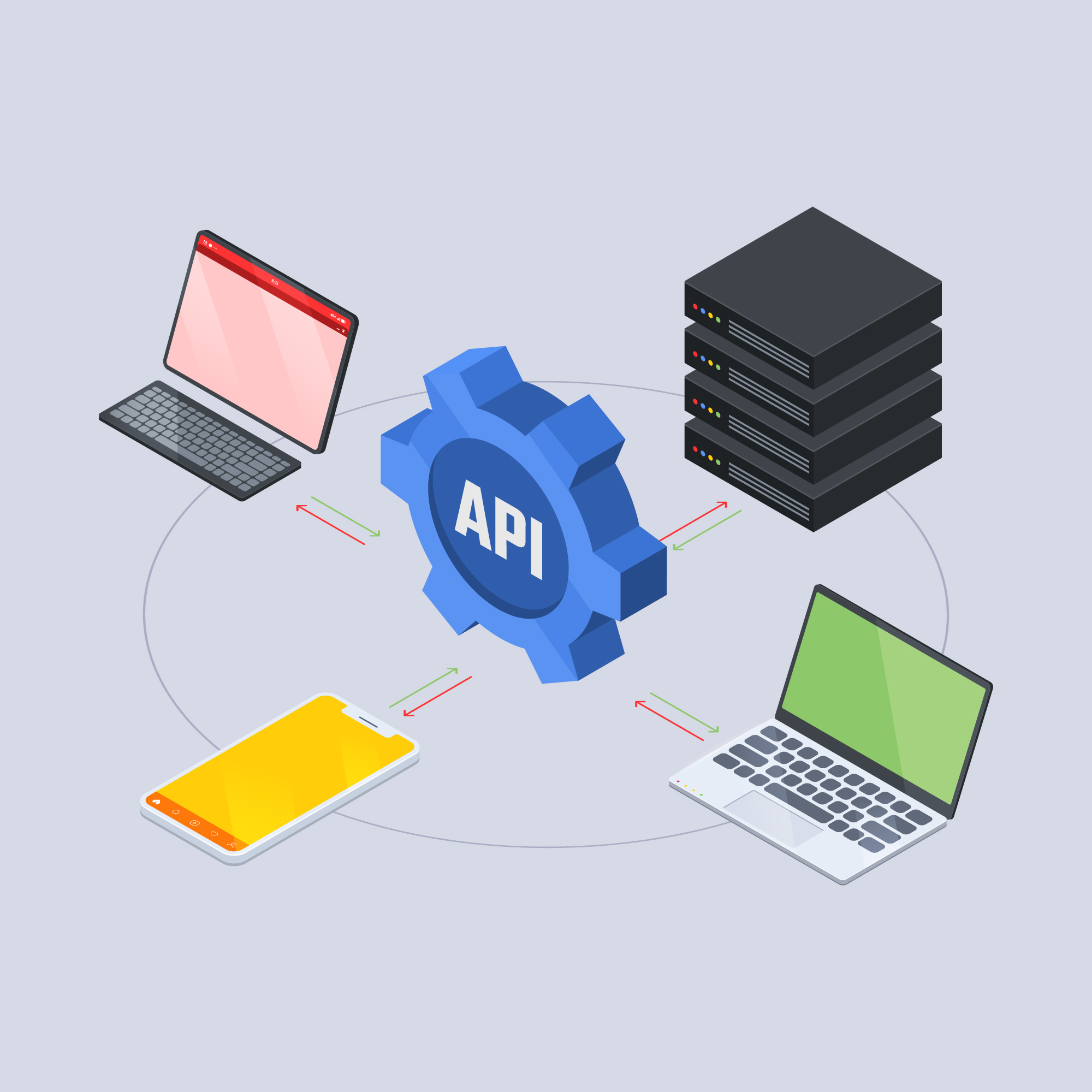
Mastering API Testing with API Tester
API Tester is a powerful browser-based tool for developers and QA engineers. Learn how to test RESTful APIs, debug endpoints, and validate responses with advanced features and best practices.
Javed Iqbal
9/11/2025
API Tester is more than just a request sender — it’s a tool I designed to make working with APIs less frustrating and more efficient. If you’re a developer, QA engineer, or someone integrating third-party APIs, you know how often you need to spin up a quick test. Instead of juggling heavy desktop apps or writing throwaway scripts, API Tester gives you a clean, browser-based space to experiment with your endpoints. It supports the full range of HTTP methods — GET, POST, PUT, DELETE, PATCH, HEAD, OPTIONS — and lets you add custom headers like authentication tokens, content types, or anything else your API requires. You can easily build request bodies in JSON, send them off, and immediately see formatted responses, complete with status codes and response times. This makes it not only useful for validating data but also for spotting performance issues and debugging tricky integrations. What I like most is how it brings together the essentials without overcomplicating the process. The history feature helps you replay requests without starting from scratch, color-coded status codes make scanning results easier, and everything happens securely in your own browser. That means your endpoints, headers, and tokens stay private — nothing gets logged or stored elsewhere. For anyone working with APIs on a regular basis, API Tester can be that lightweight, dependable companion for development, testing, and day-to-day debugging.
1. Comprehensive Testing Capabilities
- Support for GET, POST, PUT, DELETE, PATCH, HEAD, and OPTIONS methods.
- Real-time response validation and formatting.
- Custom header configuration with JSON support.
- Request body builder for data manipulation.
- Response time tracking for performance analysis.
- Color-coded status code visualization.
2. Advanced Features
- Automatic JSON response formatting for readability.
- Request history tracking with one-click replay.
- Copy and download options for response data.
- Detailed error handling with actionable feedback.
- A clean, intuitive interface for productivity.
3. Best Practices & Usage
When testing APIs, begin with simple GET requests to confirm endpoint accessibility. For POST and PUT requests, ensure the request body matches the API’s required schema. Use custom headers for authentication tokens, content types, and other API-specific requirements. The history feature helps track progress and reproduce scenarios efficiently.
4. Security & Privacy
All requests are executed directly in your browser. API Tester does not store or log endpoints, headers, or responses, ensuring your data remains private and secure. Authentication tokens can safely be included in headers since no information leaves your local environment.
5. Pro Tips
- Save frequently used headers in a separate file for quick reuse.
- Use response time tracking to identify performance bottlenecks.
- Test error handling by modifying request parameters.
- Monitor status codes to verify proper API behavior.
Conclusion
API Tester is more than just a testing tool—it’s a complete debugging environment for developers and QA teams. Whether you’re validating endpoints, analyzing response times, or testing authentication flows, API Tester streamlines the process and boosts productivity.